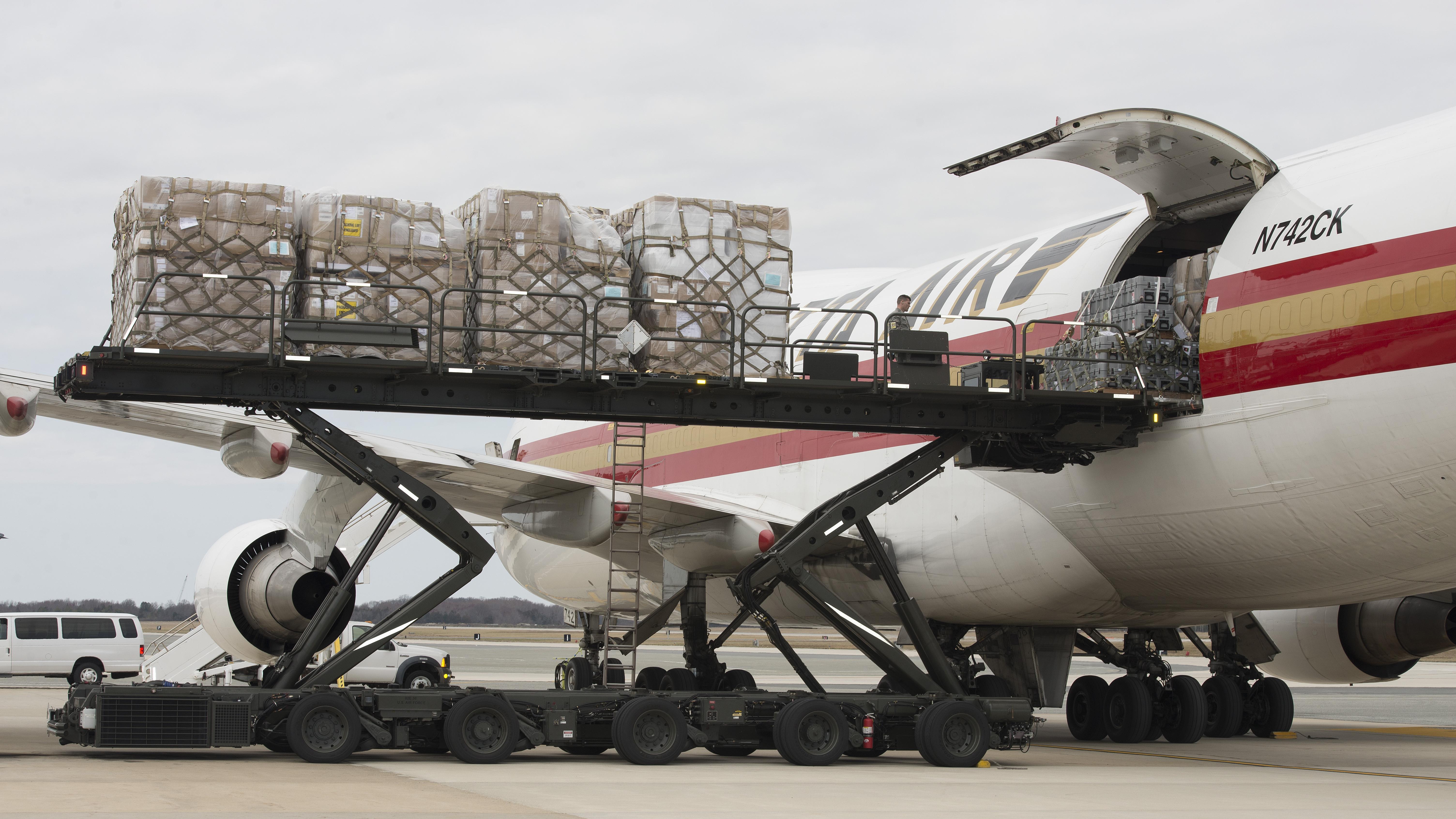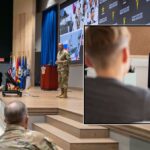
If you go to Disney World, twenty years ago there were no express lines. … Now we have an express pass where you pay a little extra, you get escorted to the front. … What happens if everyone who’s in line needs to get to the front?
This is the first of two related podcasts on strategic sustainment. Historically as an organizing construct, the Army has gone back and forth between two modes. One is based on having a forward posture and deliberately building up the force prior to conflict. The other is the subject of this dialogue, when the Army responds on short notice with limited ability to establish lines of communication before engaging in combat. An Army organized for expeditionary capability has tremendous implications for the military’s (and the nation’s) sustainment infrastructure. Participating in the dialogue are two recent graduates of the U.S. Army War College resident program, U.S. Army Colonels Bobby Bryant and Fred Maddox; their faculty advisor U.S. Army Colonel Matt Shatzkin from the Center for Strategic Leadership at the U.S. Army War College; and Jacqueline E. Whitt, the WAR ROOM Podcast Editor.
Podcast: Download
Matt Shatzkin recently retired as a colonel in the U.S. Army; his last assignment was in the Center for Strategic Leadership at the U.S. Army War College. Bobby Bryant and Fred Maddox are colonels in the U.S. Army and graduates of the U.S. Army War College class of 2018. Jacqueline E. Whitt is the WAR ROOM podcast editor. The views expressed in this presentation are those of the speakers and do not necessarily reflect those of the U.S. Army War College, U.S. Army, or Department of Defense.
Photo: Cargo pallets are loaded onto a Kalitta Air Boeing 747 by 436th Aerial Port Squadron Airmen March 24, 2017, at Dover Air Force Base, Del.
Photo Credit: U.S. Air Force photo by Senior Airman Zachary Cacicia




